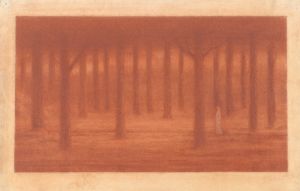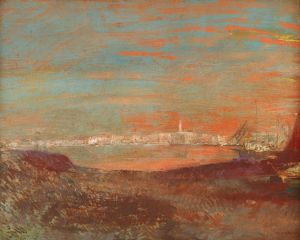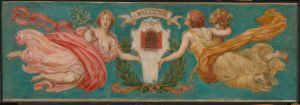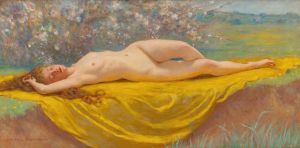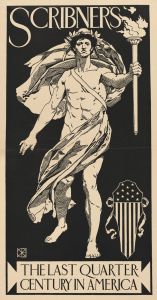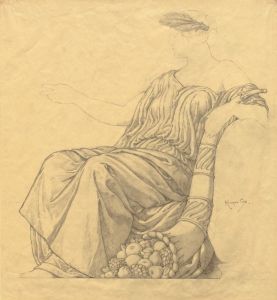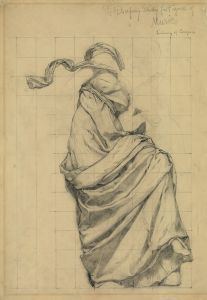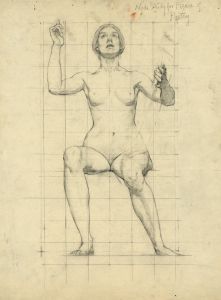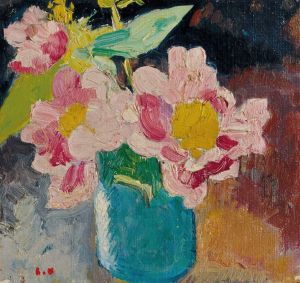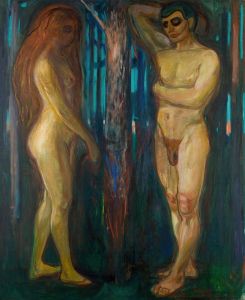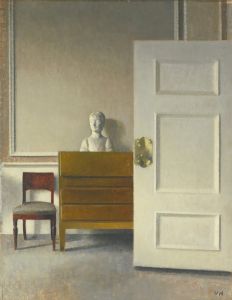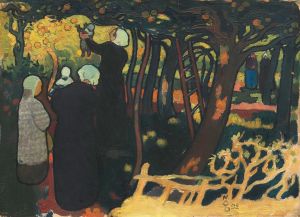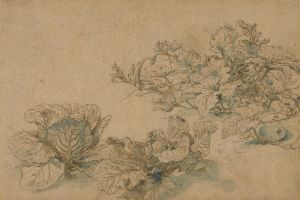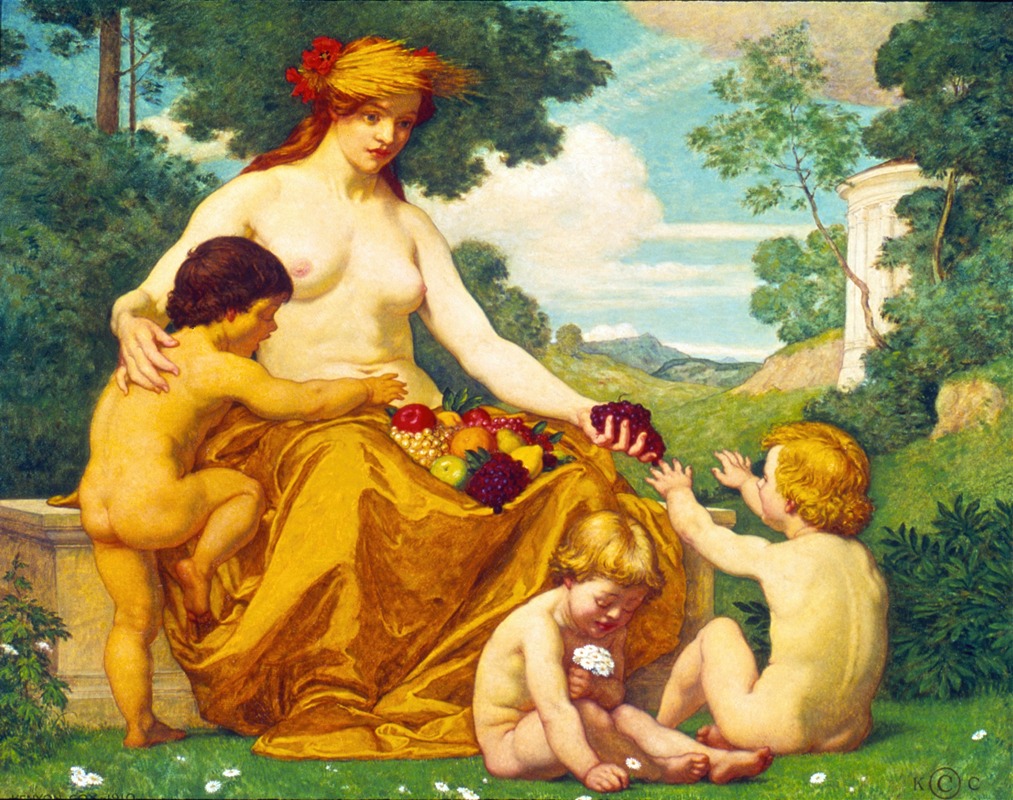
Plenty
A hand-painted replica of Kenyon Cox’s masterpiece Plenty, meticulously crafted by professional artists to capture the true essence of the original. Each piece is created with museum-quality canvas and rare mineral pigments, carefully painted by experienced artists with delicate brushstrokes and rich, layered colors to perfectly recreate the texture of the original artwork. Unlike machine-printed reproductions, this hand-painted version brings the painting to life, infused with the artist’s emotions and skill in every stroke. Whether for personal collection or home decoration, it instantly elevates the artistic atmosphere of any space.
Kenyon Cox (1856–1919) was an American painter, illustrator, muralist, and writer, known for his academic style and classical themes. One of his notable works is the painting "Plenty," which exemplifies his dedication to classical ideals and his skill in allegorical representation.
"Plenty" was created during a period when Cox was deeply engaged in producing murals and paintings that reflected his admiration for the Renaissance and classical art. His works often depicted allegorical figures and themes, drawing inspiration from mythology and history, which was a common practice among artists of the American Renaissance movement. This movement sought to bring European classical traditions into American art, and Cox was a prominent figure in this cultural endeavor.
The painting "Plenty" is an allegorical representation, a style Cox frequently employed to convey moral and philosophical ideas. Allegorical paintings use symbolic figures, actions, or representations to express complex ideas and concepts. In "Plenty," Cox likely aimed to depict abundance and prosperity, themes that were common in his work and resonated with the optimistic spirit of the late 19th and early 20th centuries in America.
Cox's technique in "Plenty" reflects his academic training and his commitment to the principles of classical art. He studied at the Pennsylvania Academy of the Fine Arts and later at the École des Beaux-Arts in Paris, where he was influenced by the teachings of Jean-Léon Gérôme, a master of academic art. This education is evident in Cox's meticulous attention to detail, composition, and the harmonious balance of elements within the painting.
The color palette in "Plenty" is typical of Cox's work, often featuring soft, muted tones that enhance the serene and idealized nature of his subjects. His use of light and shadow demonstrates his understanding of form and volume, contributing to the three-dimensional quality of the figures and objects depicted.
Kenyon Cox was also a prolific writer and art critic, and his writings provide valuable insights into his artistic philosophy and the cultural context of his work. He believed in the moral and educational power of art, advocating for a return to classical principles and the depiction of ideal beauty. This belief is reflected in "Plenty," where the allegorical content serves not only as a visual delight but also as a medium for conveying deeper meanings.
Cox's contribution to American art extends beyond his paintings and murals; he was an influential teacher and a founding member of the Society of American Artists. His legacy is preserved in the numerous public and private collections that house his work, and his influence can be seen in the continued appreciation for classical themes in American art.
"Plenty" remains a testament to Kenyon Cox's skill as an artist and his dedication to the ideals of beauty and harmony. Through this work, Cox invites viewers to reflect on the themes of abundance and prosperity, encouraging a contemplation of the values that underpin society.





